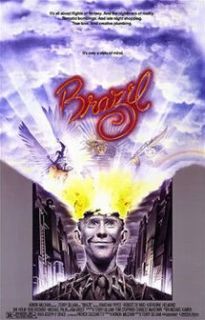Artwork is an act of the imagination that simulates through inspiration response in viewer.
Is thinking a crime? No matter how extreme censorship could become our thoughts can’t be censored. People should be free to openly discuss things honestly without the threat of persecution. My opinion is not a crime, as an illustrator I should encourage myself to constantly raise questions. We learn what is right and wrong, and each of us forms our set of morals. No person should have to power to enforce principles and a determined way of life onto others.
Are some subjects too sensitive, that they bring the society to a less tolerant state and make snap judgments? If this is a reality, we live in a dangerous society. It is not right to have disliked opinions deemed punishable. Would some illustrators loose credibility and never work again after producing work on a sensitive topic?
‘Exhibit B’ an art instillation that was forcibly shut down from the power of 200 protesters. This minority group of 200 people deemed ‘Exhibit B’ as racist so thousands should not be able to see it. This is a result of the lack of understanding; this art was to approach the importance of the subject of oppression and slavery that is not pro-racist.
Censorship is not new in the UK; the first book to be banned was William Tyndale’s translated bible in 1525, the Catholic Church disapproved it. ‘The Wild One’ (1954) was banned in the UK until 1967 as it was regarded as anti-establishment and the encouragement of the morals of rebels. In 1955 ‘The man with the Golden Arm’ was also banned from the presence of a fictional heroin addiction.
Can the majority regulate themselves, or do they need society to do it for them?
Censorship is the control of, or limited access to information or imagery. It is usually in relation to sensitive, graphic, or deviant behaviour. The issue is who can decide what is deviant and what is acceptable behaviour. What is normal behaviour and what is classed as defiance?
UK regulatory bodies were founded to give people the power to suppress in the major areas of media production.
BBFC (British Board of Film Classification) from 1912
VSC (Video Standards Council) from 2012
ASA (Advertising Standards Authority) from 1962
There are forms of self-regulation in the form of broadcasting with the 9pm watershed of adult content, and online techniques such as parent locks, safe search and blocked content are used to control the information. Self-regulation allows the person to make decisions, if you don’t like it don’t watch it, if you don’t think its appropriate don’t let your children watch it, if it offended you, you can make a complaint.
However exposure to violence leads to a downward spiral of social dis-inhibitions, and could no longer be a taboo. Something that is preserved as deviant becomes normalised through exposure. This could lead to a demand in the next step; it could potentially lead to the desire for the real thing. This moral corruption is easily avoided by censorship so self-regulation cannot be effectively upheld in every aspect.
Much censored material is so from the threat it poses to society and the concern of potential corruption of morals. Some taboos have become acceptable, such as nudity, but many remain especially when relating to monarchy. There is constant new threats challenging the system.

![['The Hurt Locker', Directed by Kathryn Bigelow, 2010]](https://rosekerbyson.wordpress.com/wp-content/uploads/2014/09/download.jpeg?w=880)

You must be logged in to post a comment.